A personal account by Paul Losse of Salix Ecology.
Paul Losse has been a consultant ecologist for 13 years, specialising in botany, habitat survey, and mapping. Focused on nature conservation, he has contributed to key initiatives such as GiGL’s Greater London Ancient Woodland Inventory update and national projects like the National Woodland Survey. His work includes Phase 1 Habitat, UK Habitat Classification, and NVC surveys.

I recently read yet another ecological report where the appendix featured a lengthy list of plant species—almost like an afterthought. It lacked any meaningful discussion about what these plants revealed about their habitats. That’s disappointing because plants tell stories—they tell us about habitats.
With this in mind, and with some trepidation, I contacted Dr. Mark Spencer, the Middlesex Vice County Recorder for vascular plants, to ask if we should produce an axiophyte list for London. To my relief, Mark was full of enthusiasm.
Mark Spencer is the London Natural History Society’s and the Botanical Society of Britain & Ireland’s vascular plant recorder for the London area and Middlesex. He has been active in studying London’s plant life for over 25 years as well as contributing to a number of national projects relating to invasive species and climate change.

Axiophytes, which translates to “worthy plants”, aren’t necessarily rare or widespread. Instead, they’re plants that act as ecological storytellers, indicating habitats with high conservation value. For example, they can point to priority habitats like ancient woodlands, calcareous grasslands, or lowland meadows as well as other valued habitats. Examples include wood anemone (ancient woodlands), common centaury (calcareous grassland) and Sand Spurrey (acid grasslands).
We started by asking GiGL to produce a list of all vascular plants recorded in 25% of monads (1km x 1km squares) or less across London. This initial sweep resulted in a list of 2,114 plants to work with. Together with Julija Fediajevaite, I began to whittle down the list, selecting plants that seemed like strong candidates for the final axiophyte list. Mark then took over, applying painstaking thoroughness to refine the list further. He removed London rarities (these will be included in the forthcoming Rare Plant Register for London), spurious records, and species that are frequently planted, as these could give misleading impressions about a habitat. Mark also produced some really detailed taxonomic notes about a range of species listed.
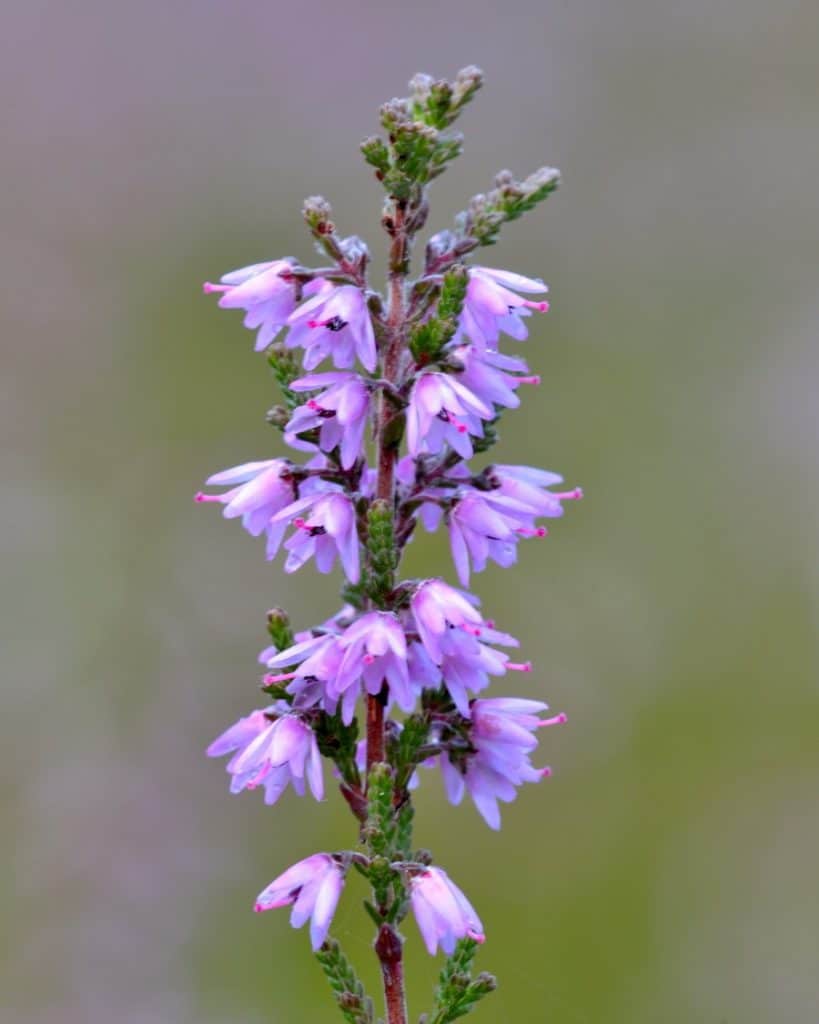
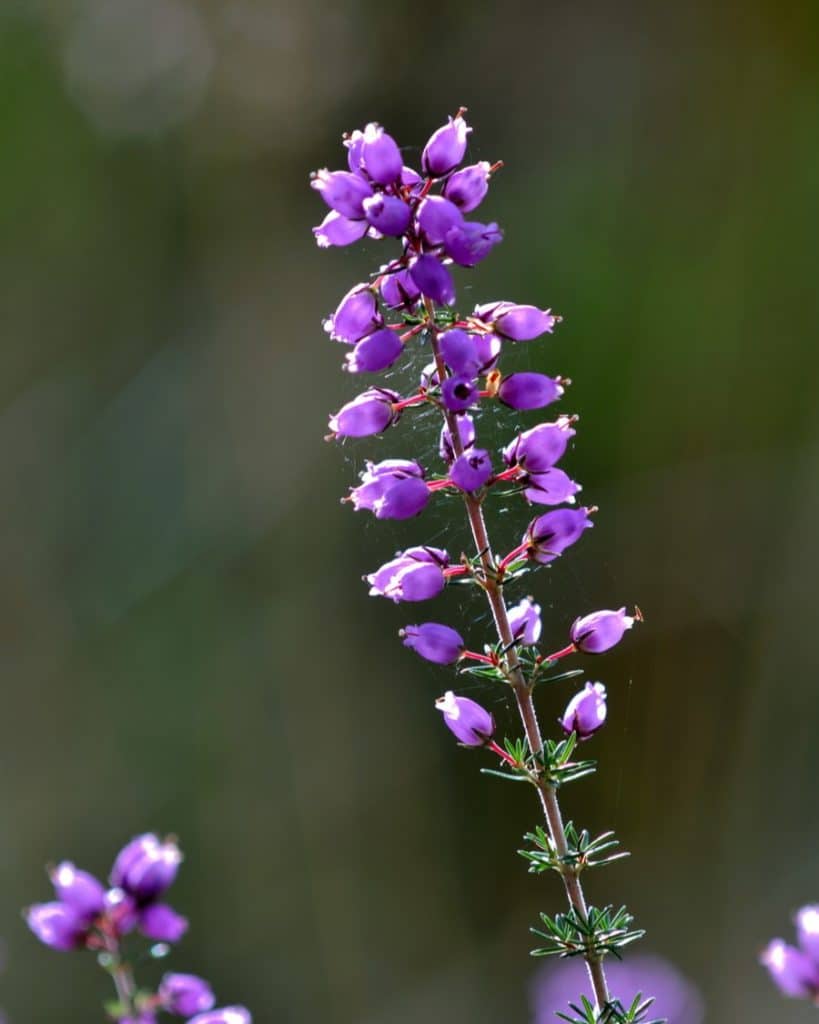
Ling (Calluna vulgaris) and bell heather (Erica cinerea). Indicators of lowland heathland © Paul Losse.
The axiophyte list has been developed to help conservationists, local authorities, and community groups make better decisions. This list isn’t just about identifying what’s there—it’s about understanding what it means. For instance, plants like ribbed melilot on post-industrial sites or primrose in ancient woodlands highlight the ecological value of these areas, even when they might otherwise be overlooked.
This isn’t just an academic exercise. Axiophytes can be used to evaluate sites for conservation or development purposes, monitor habitat changes over time, and justify designations of Sites of Importance for Nature Conservation (SINCs). They offer a more nuanced, objective approach to identifying valuable habitats—something that’s particularly important when designations are challenged or when biodiversity net gain assessments fall short.
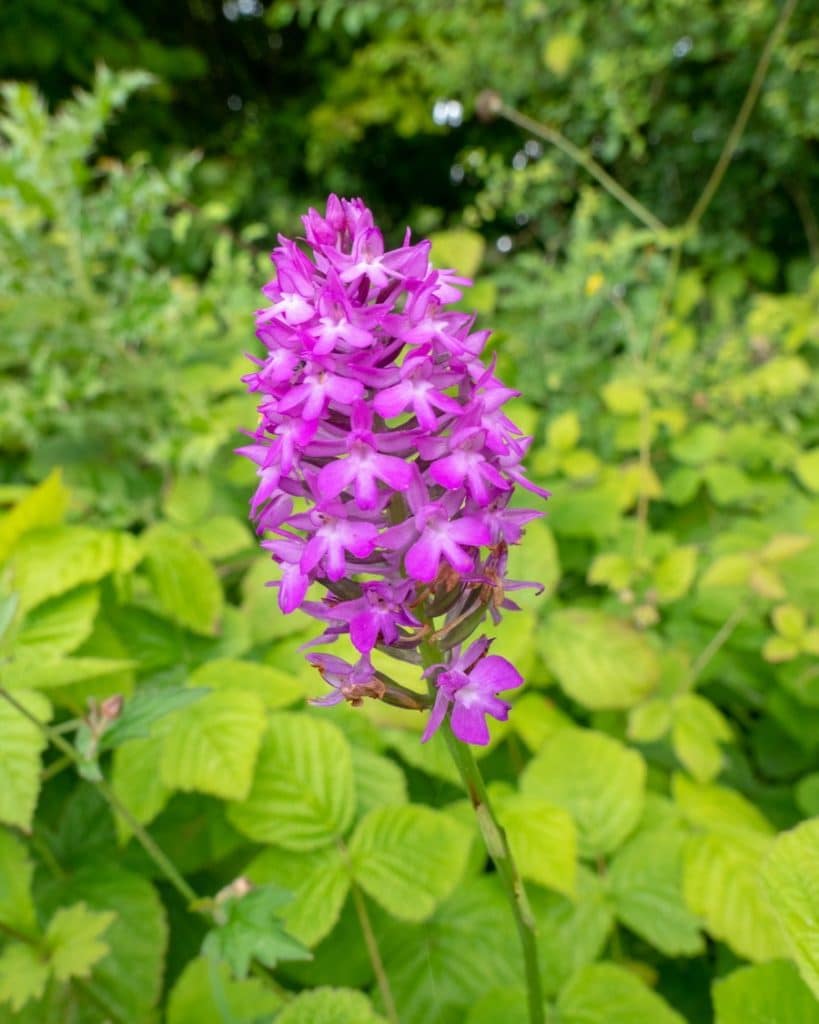
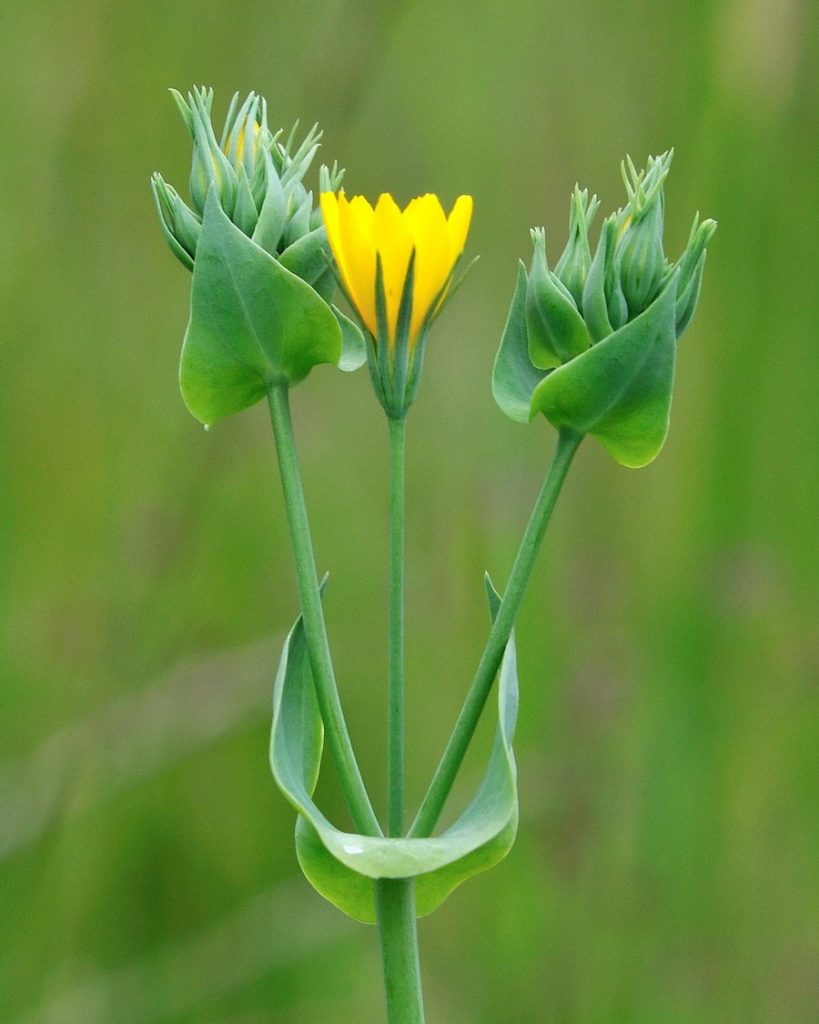
Yellow-wort (Blackstonia perfoliata) and Pyramidal orchid (Anacamptis pyramidalis): Strong calcareous grassland indicators © Paul Losse.
Ultimately, the axiophyte list is a call to pay closer attention. By understanding which plants grow where, and what they reveal about their environment, we can better protect and enhance the natural spaces that surround us. Instead of just listing species, we should embrace the stories they tell us about the habitats they thrive in.
The result of this collaborative effort is a final list of 497 species, which has now been published and is available here: Species Lists. An earlier GiGL article also provides further insight into how the list can be used: Developing an Axiophyte List and Rare Plant Register for Greater London and Middlesex.
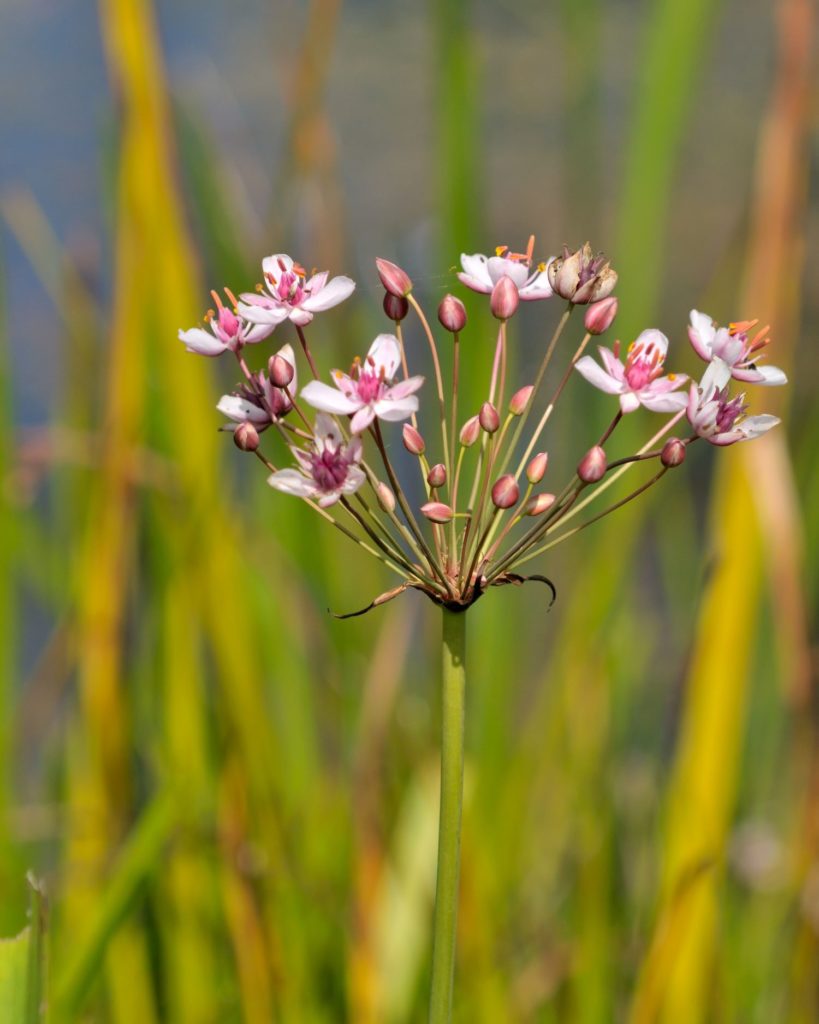
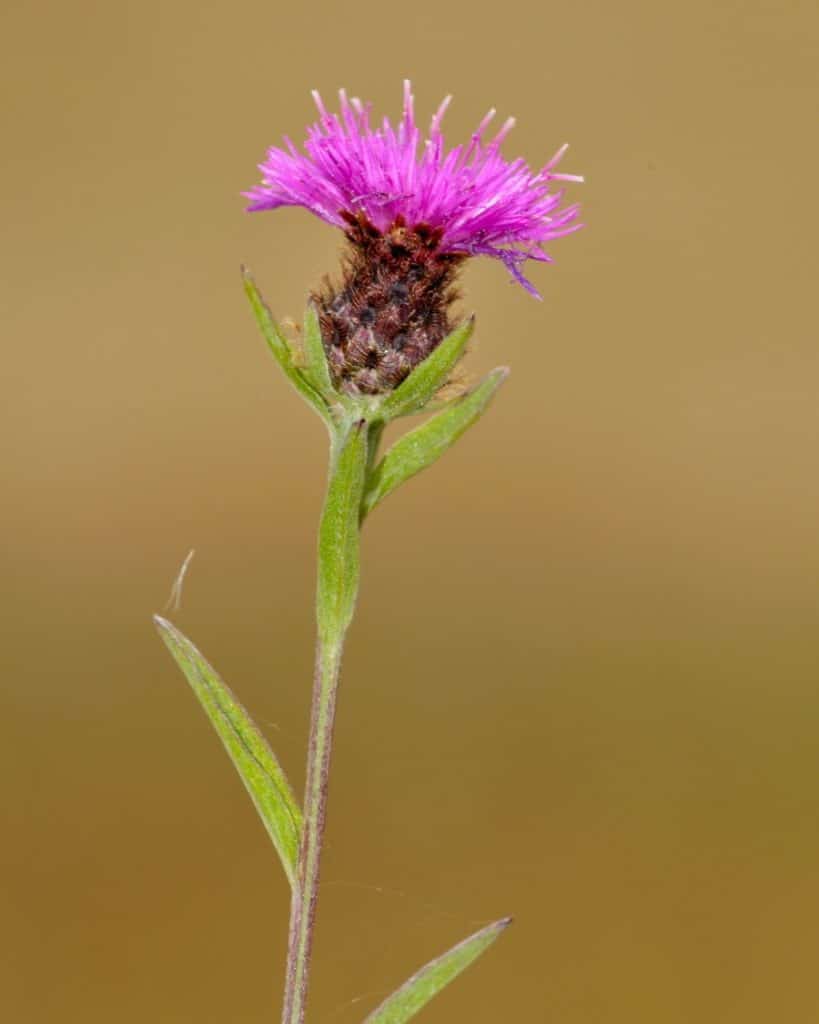
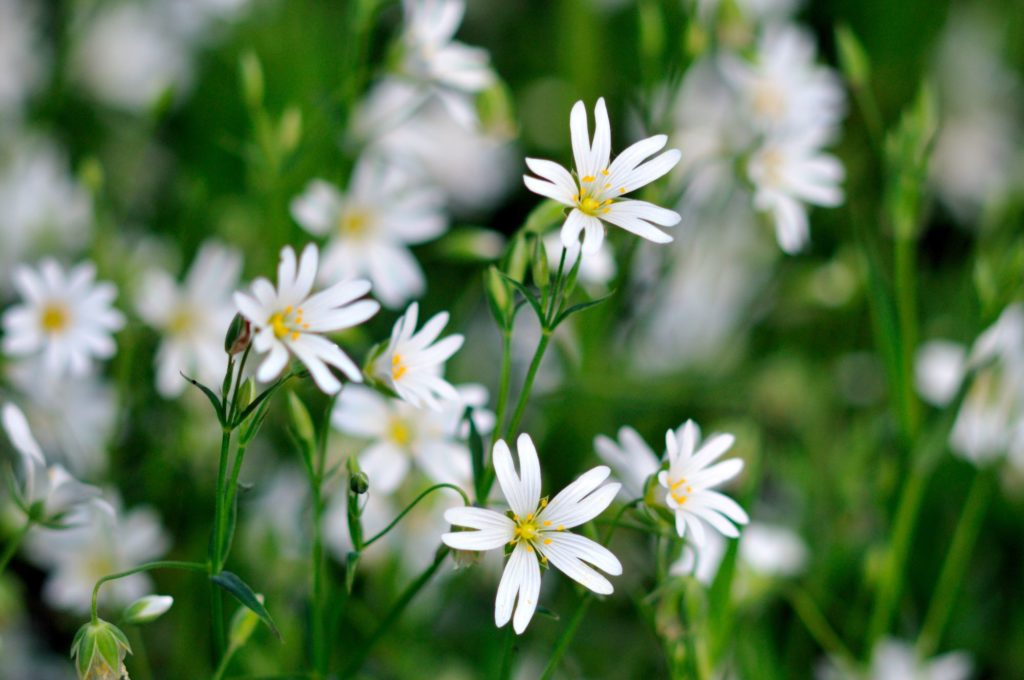

This is both interesting and informative
Thanks to Paul’s and Mark’s detailed work, I have been able to make use of their axiophyte list in the reporting of a number of sites habitat surveyed in Havering during 2024. The list is up to date and a great leap forward in relevance from using the old ‘London notables’ list which was based on data gathered back in the 1960s and 70s and reflected little about the habitat in which they were growing.